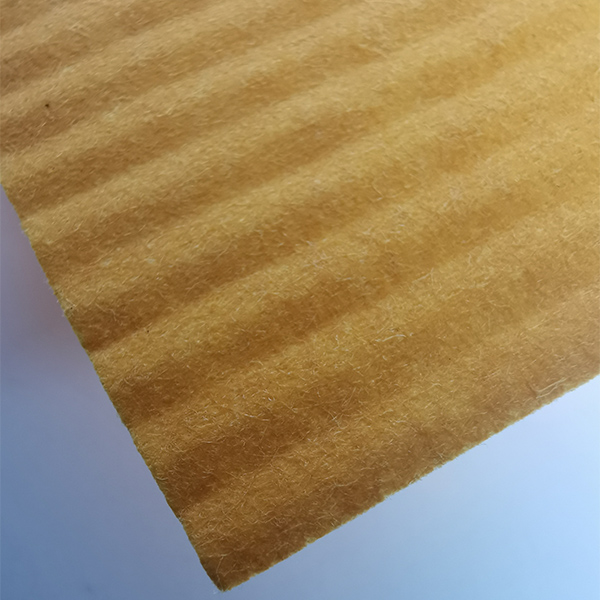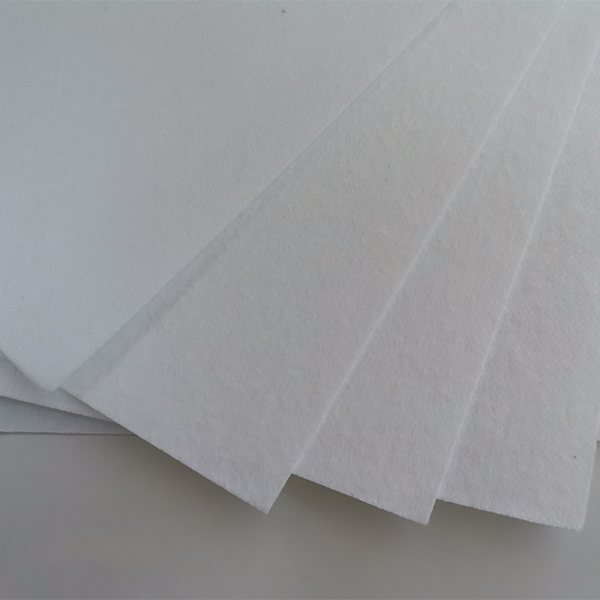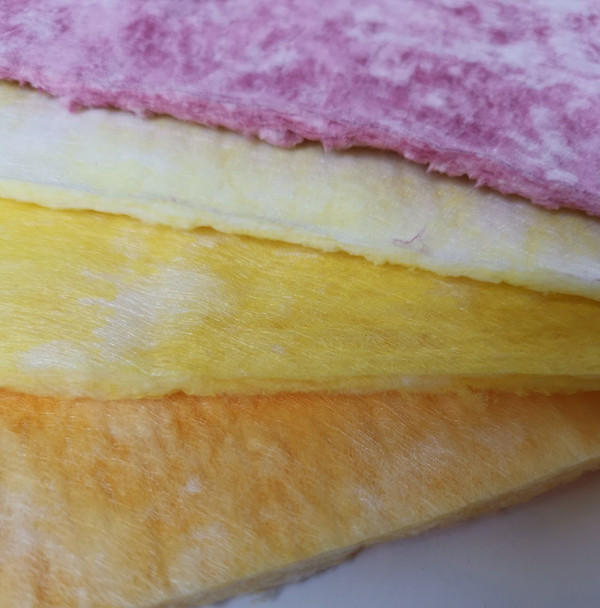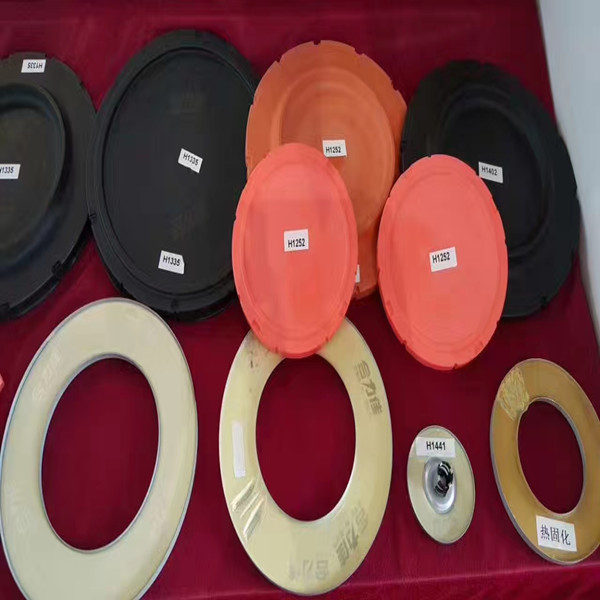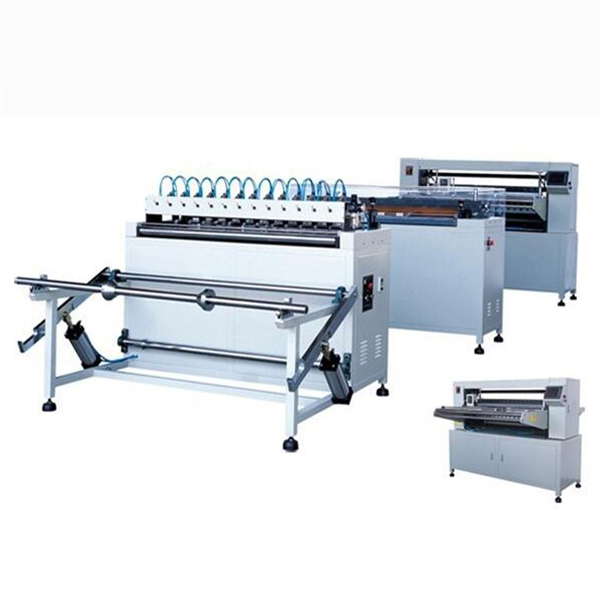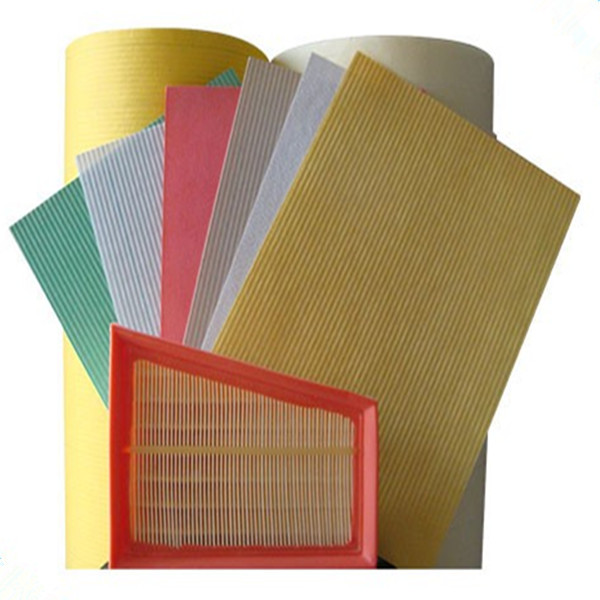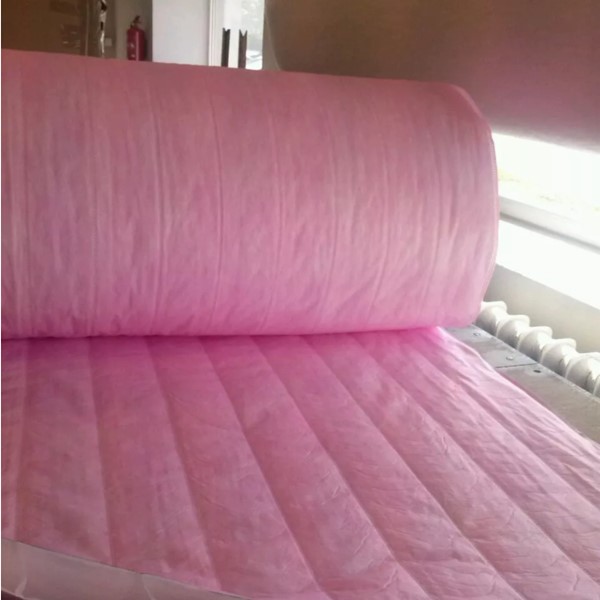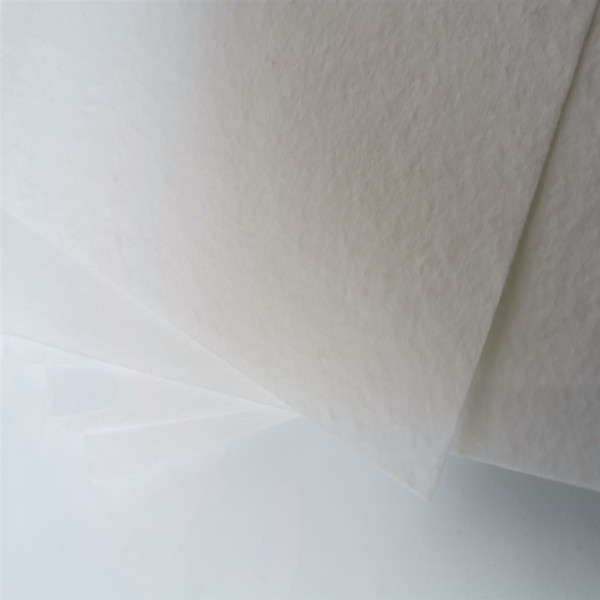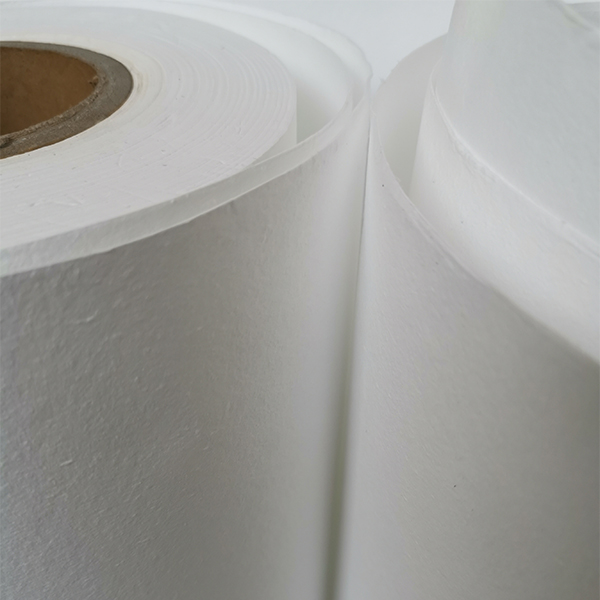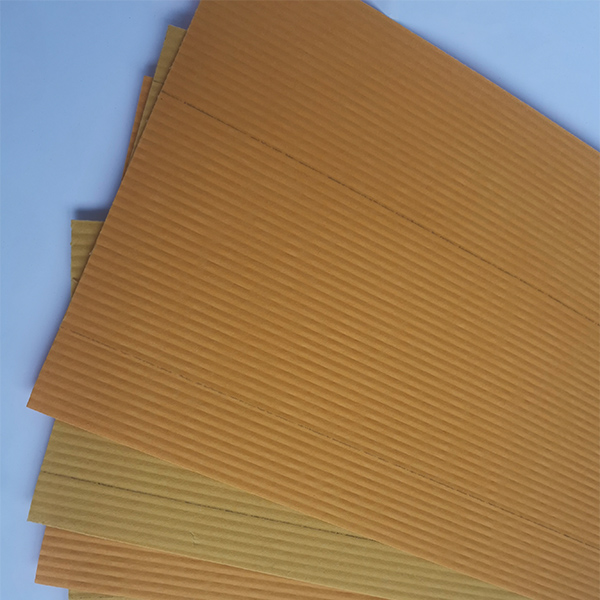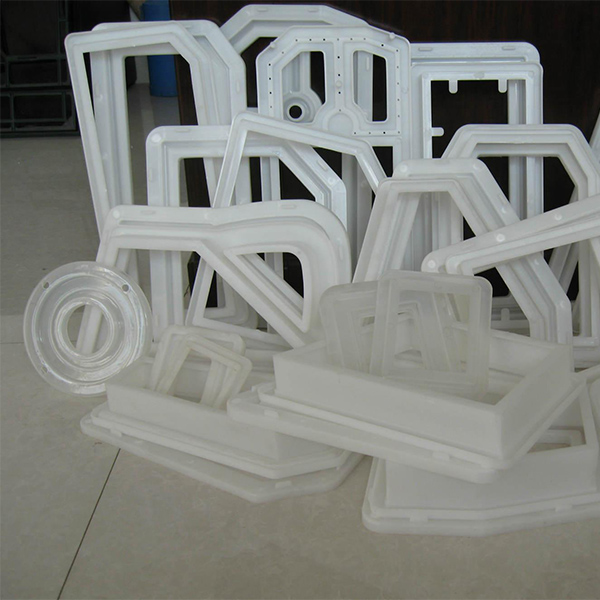Polyester Dust Air Cartridge Bag Filter: field notes from the factory floor
If you work around dust collectors, you know the unsung hero is the air cartridge filter. It’s the difference between a clean shop and a compliance headache. I’ve toured plants from Hebei to Houston, and, to be honest, the most repeatable gains in uptime come from consistent media quality and tight process control—less flashy than IoT dashboards, but much more reliable day to day.
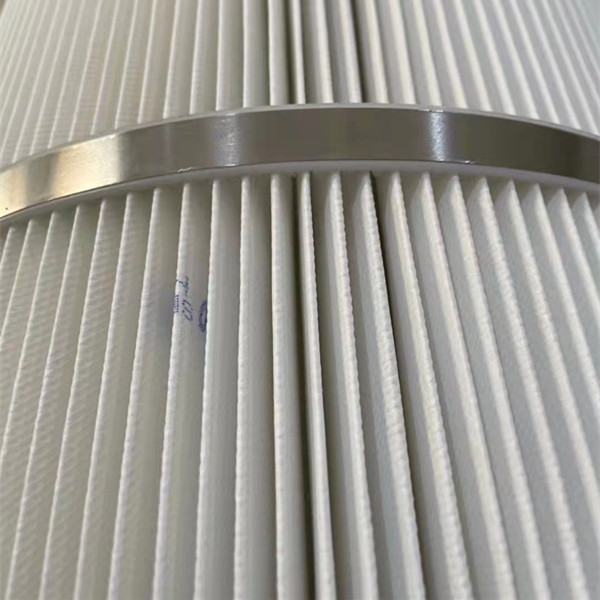
What’s moving the market
Three trends keep popping up: higher air-to-cloth ratios in compact collectors, tighter particulate regs (especially in food and lithium processing), and a push for membranes that clean down with less compressed air. In fact, many customers say they’re swapping out legacy cellulose blends for spunbond polyester with optional PTFE because it handles pulsing abuse better and holds up in humid shifts.
Product snapshot: Polyester Dust air cartridge filter
- Media: spunbond polyester, optional PTFE membrane and antistatic/oleophobic finishes
- Frame/end caps: galvanized or stainless steel; molded polyurethane gaskets
- Origin: No.580 Gongnong Road, Shijiazhuang City 050000, Hebei, P.R. China
- Typical uses: building materials, manufacturing, machinery repair, F&B factories/shops, farms, retail, printing, energy & mining
| Spec | Typical Value (≈, real-world use may vary) |
|---|---|
| Media weight | 200–260 g/m² (spunbond polyester) |
| Initial pressure drop | ≈ 110–160 Pa @ 1.5 m/s face velocity |
| Efficiency | Up to ePM1 70% with PTFE (ISO 16890 classification) |
| Service life | 6–24 months depending on dust load, pulsing, humidity |
| Temperature | -20 to 120 °C (short peaks higher with special finishes) |

How it’s made (and tested)
- Material selection: spunbond polyester (optionally PTFE laminated); antistatic fibers for ATEX zones.
- Pleating: uniform flute geometry to manage dust cake and pulse cleaning.
- Bonding: end-cap potting and gasket molding to prevent bypass leaks.
- Quality checks: air permeability (ASTM D737), gravimetric efficiency and dust loading (ISO 16890 test protocol where applicable), clogging behavior (ISO 11057), flammability (UL 900/ULC-S111), burst/structural tests.
Field data from mixed-shop installs showed pressure drop staying under ≈ 1,000 Pa at end-of-shift with pulse cycles tuned to 0.6–0.8 MPa. Not a lab miracle—just decent setup.
Where it shines
- Building material shops and cement silos
- Food & beverage powder handling (sugar, flour) with food-contact statements where required
- Printing and packaging dust capture
- Farms and grain transfer points
- Energy & mining pre-collection and bin vents
Why this air cartridge filter gets picked
- Lower compressed-air use after cake formation (customers report 8–15% savings with PTFE)
- Consistent pleat spacing reduces channeling and re-entrainment
- Custom OD/ID/heights to fit legacy housings—no adapter rings needed, usually
| Vendor | Media Options | Lead Time | MOQ | Notable |
|---|---|---|---|---|
| Anya Filter Media (Hebei) | Polyester, PTFE, anti-static | ≈ 10–20 days | Flexible | Custom sizes, quick sampling |
| Global Brand A | Polyester, cellulose blend | 3–6 weeks | Medium | Broad worldwide stocking |
| Specialist OEM B | High-temp aramid options | 4–8 weeks | High | Strong on niche chemistries |

Customization and real-world notes
Options include PTFE membrane (for fine PM), anti-static media for explosive dust zones, food-grade statements, and gasket geometry tailored to your tube sheet. I guess the most underrated tweak is pleat depth—get that wrong and your pulse pressure just blows dust sideways.
Quick case snippets
- Flour mill, ePM1 focus: swapped to PTFE polyester; ΔP drop ≈ 12% after tuning pulse interval.
- Metal shop with oil mist carryover: oleophobic finish extended service life from 7 to ~12 months.
- Aggregate silo vents: anti-static media eliminated nuisance alarms during winter dry air episodes.
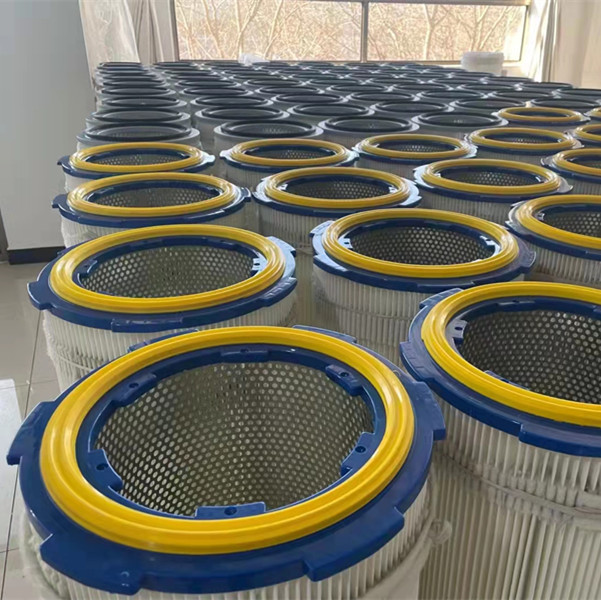
Compliance, certifications, and test data
- Test references: ISO 16890 classification, ISO 11057 clogging, ASTM D737 air permeability, UL 900/ULC-S111 flammability.
- Typical data point: dust holding ≥ 450 g per cartridge before terminal ΔP in standardized loading (indicative only).
- Food-contact statements available on request for applicable finishes; always verify against your HACCP plan.
Final thought: a well-spec’d air cartridge filter is less about fancy brochure numbers and more about repeatable cleaning, gasket integrity, and media that doesn’t collapse halfway through peak shift. Sounds obvious. Surprisingly, it’s still where most wins are found.
Authoritative references
- ISO 16890: Air filters for general ventilation — Measurement of fractional efficiency and classification system.
- ISO 11057: Air filters for general ventilation — Test method for evaluation of filtration performance under particle loading.
- ASTM D737: Standard Test Method for Air Permeability of Textile Fabrics.
- UL 900 / ULC-S111: Standard for Air Filter Units — Flammability testing.
Post time: Oct-18-2025


